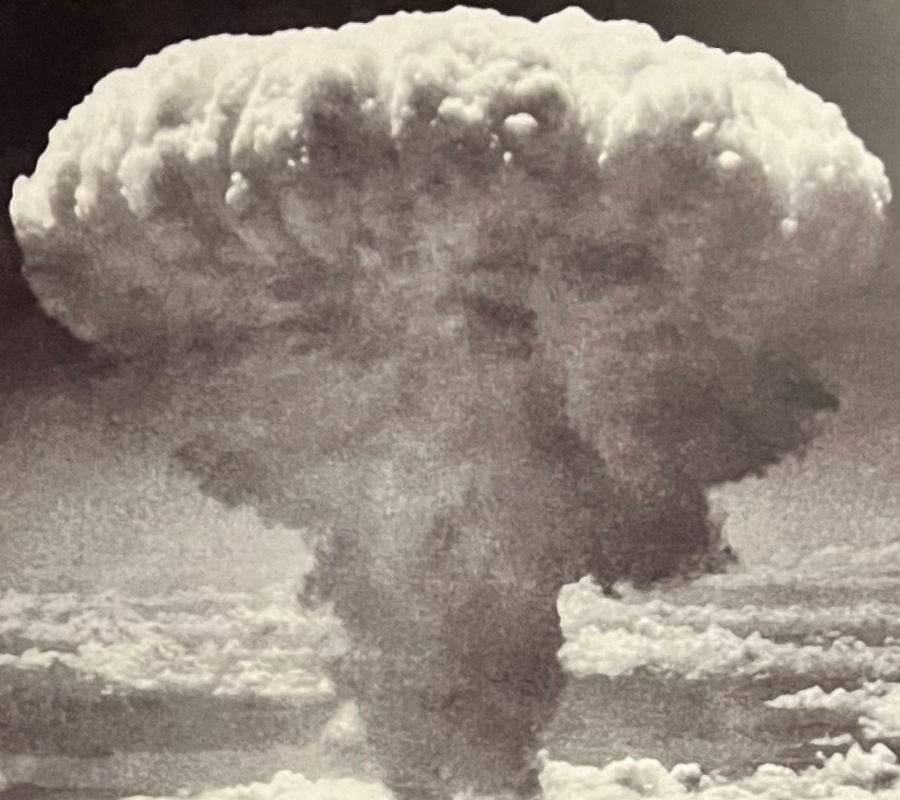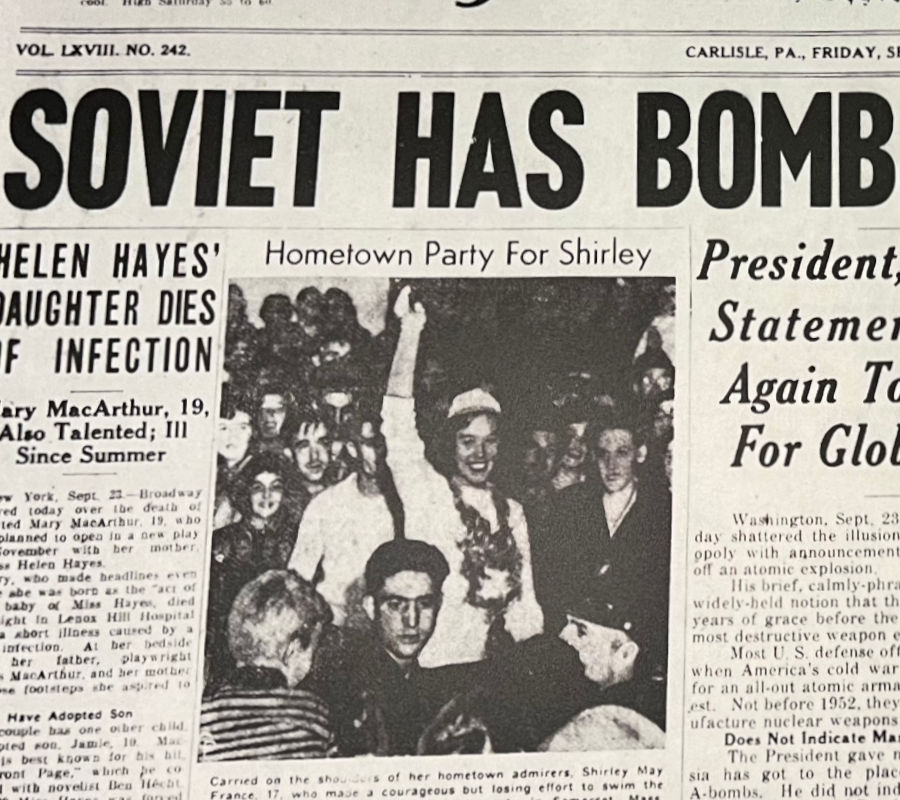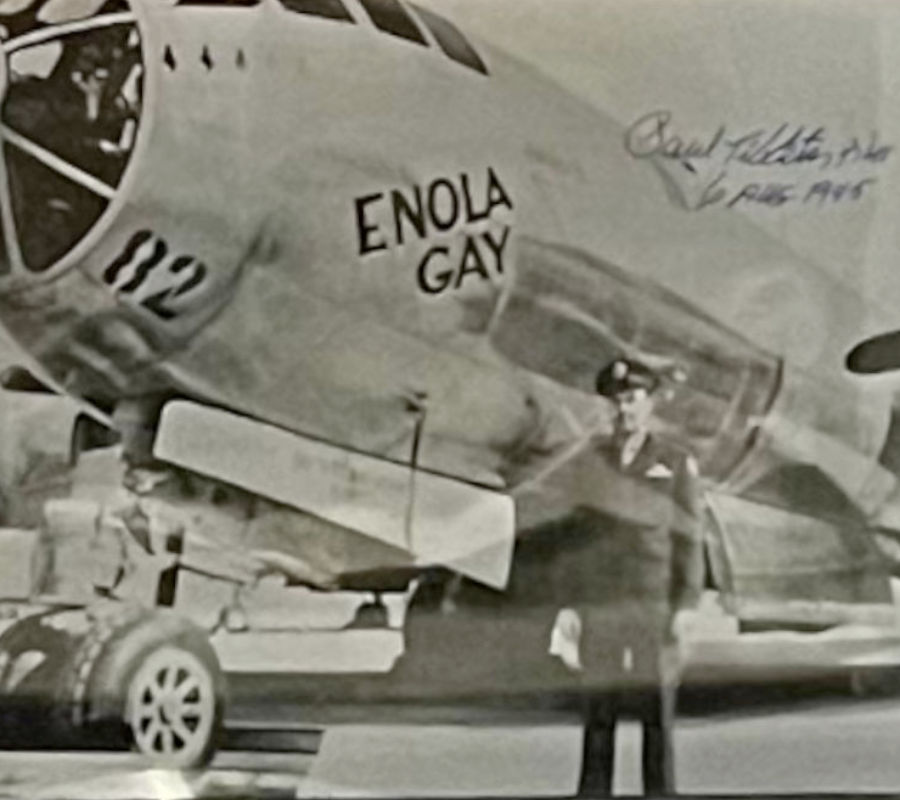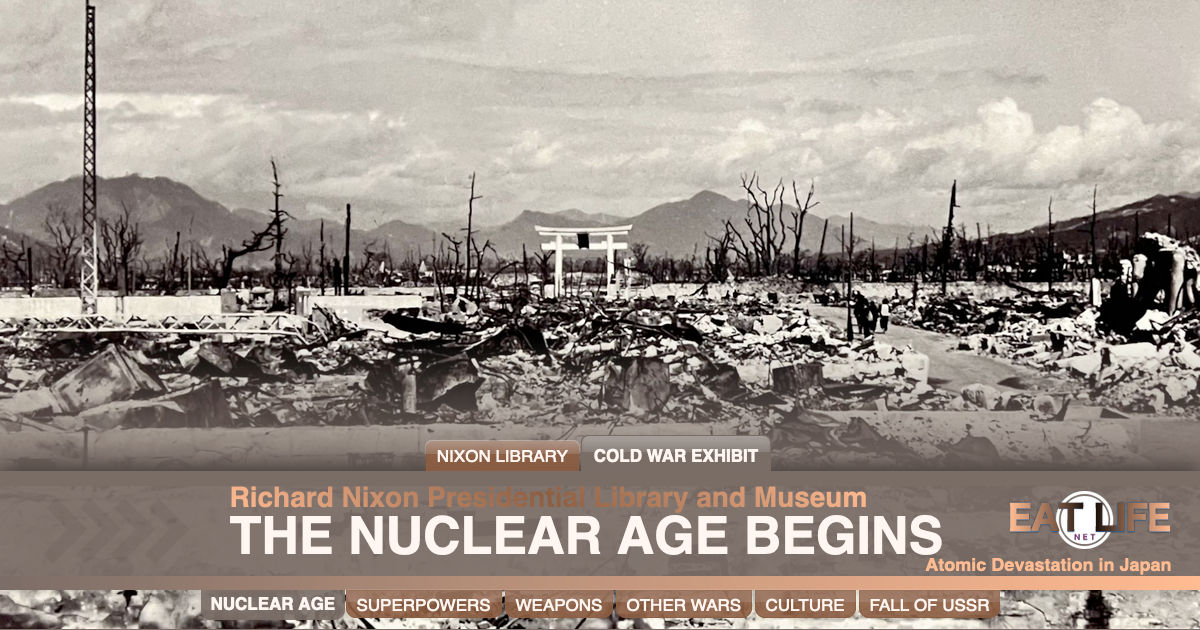Cold War
Soviets, Spies, and Secrets
COLD WAR
Updated: April 2025
Posted: February 2024
The Launch of the Nuclear Age
On July 16, 1945, at exactly 5:30 a.m. in the desert 210 miles south of Los Alamos, New Mexico, the first nuclear explosion in history took place.
On July 16, 1945, at exactly 5:30 a.m. in the desert 210 miles south of Los Alamos, New Mexico, the first nuclear explosion in history took place.
The world changed that day, although only a few people on that date knew it. The nuclear age was born.
- The birth of this new age was announced on August 6, 1945. On that date, a United States Air Force B-29 Superfortress bomber, piloted by Colonel Paul Tibbets and named "Enola Gay" after Tibbets' mother, dropped an atomic bomb on Hiroshima, Japan. Two-thirds of the city was destroyed. As many as 80,000 people died instantly.
A few hours later, President Truman made the official announcement:
HARRY S. TRUMAN:
Sixteen hours ago an American airplane dropped one bomb on Hiroshima... That bomb had more power than 20,000 tons of T.N.T.... It is an atomic bomb. It is a harnessing of the basic power of the universe. The force from which the sun draws its power has been loosed against those who brought war to the Far East.
- On August 9, Nagasaki was the target of a second atomic bomb. The Japanese government surrendered six days later.
More than 75 years later, those two attacks remain the only times a nuclear weapon has been used in war. Yet the threat of nuclear annihilation would haunt the planet during all the years of the Cold War, and beyond.
ROBERT OPPENHEIMER:
Now I am become Death, the destroyer of worlds.-Robert Oppenheimer
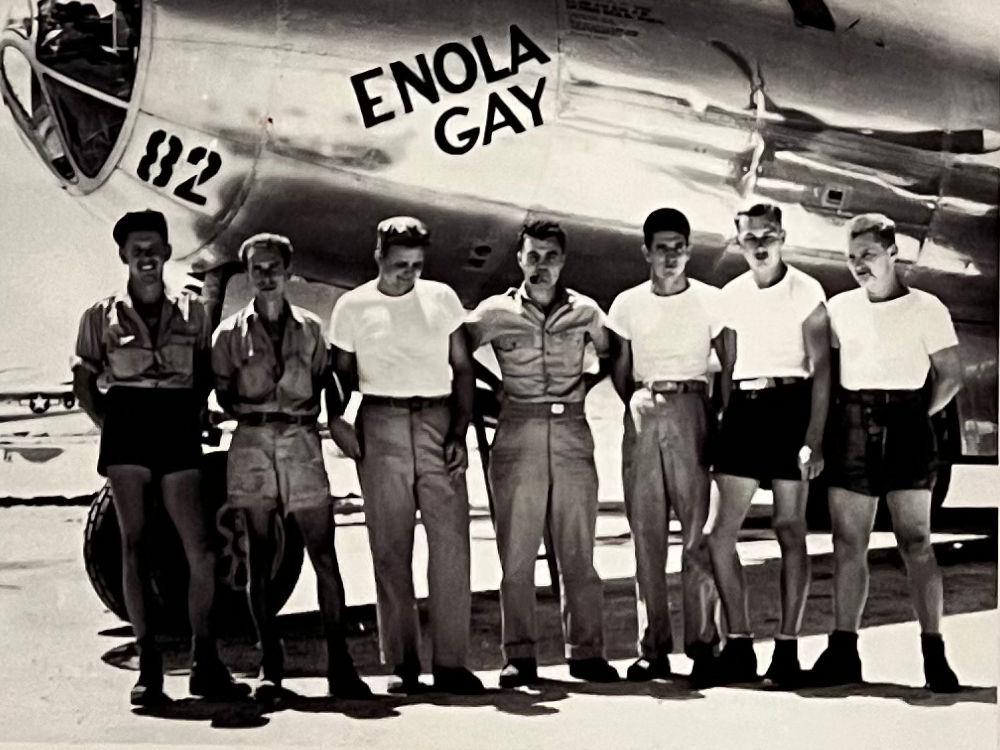
Enola Gay
- The crew of the Boeing B-29 Superfortress, the "Enola Gay," which delivered the atomic bomb dropped on Hiroshima on August 6, 1945
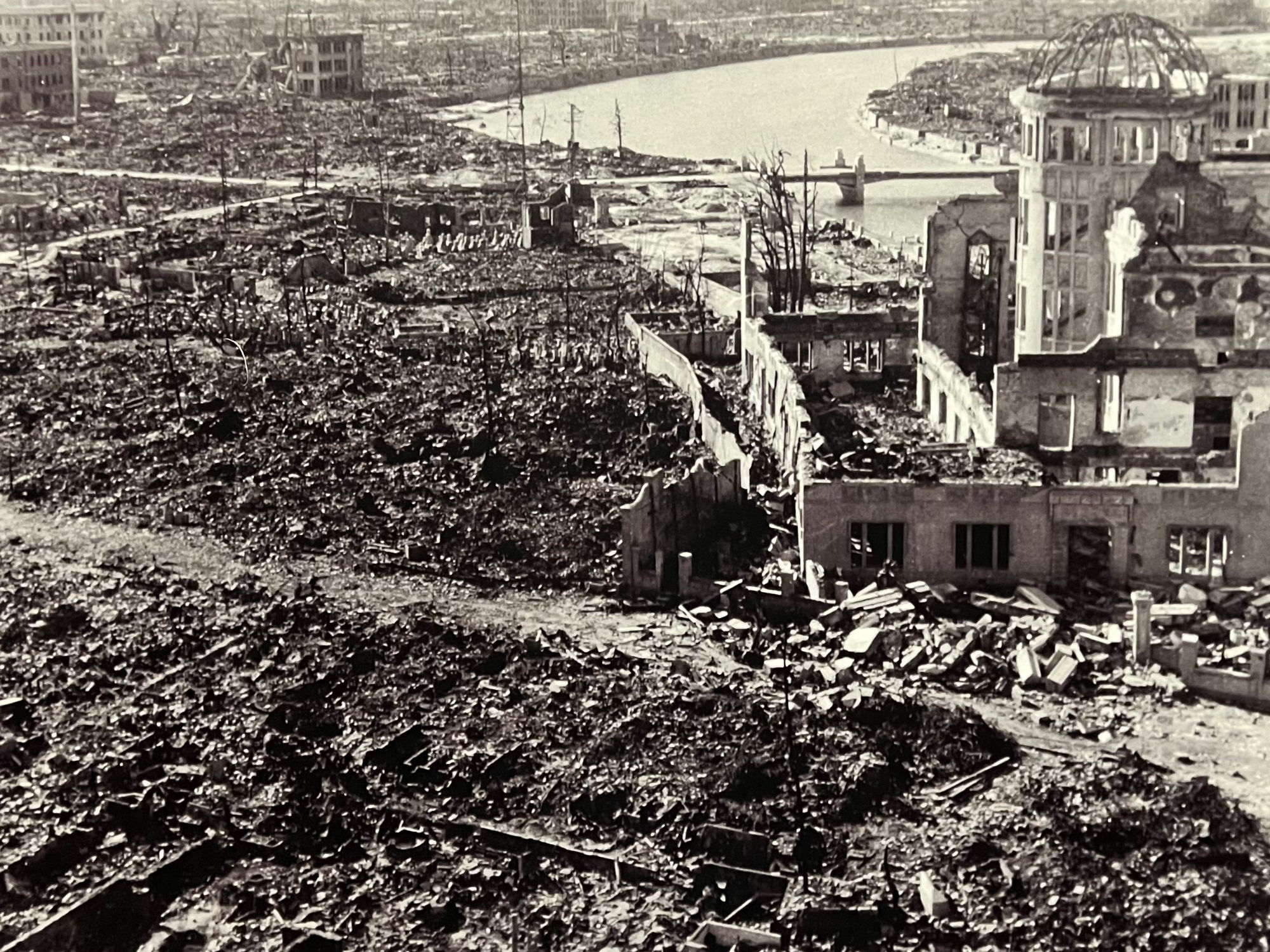
Hiroshima Devastation
- An aerial view of the devastation of Hiroshima, Japan, caused by the first atomic bomb ever used in warfare, August 6, 1945.
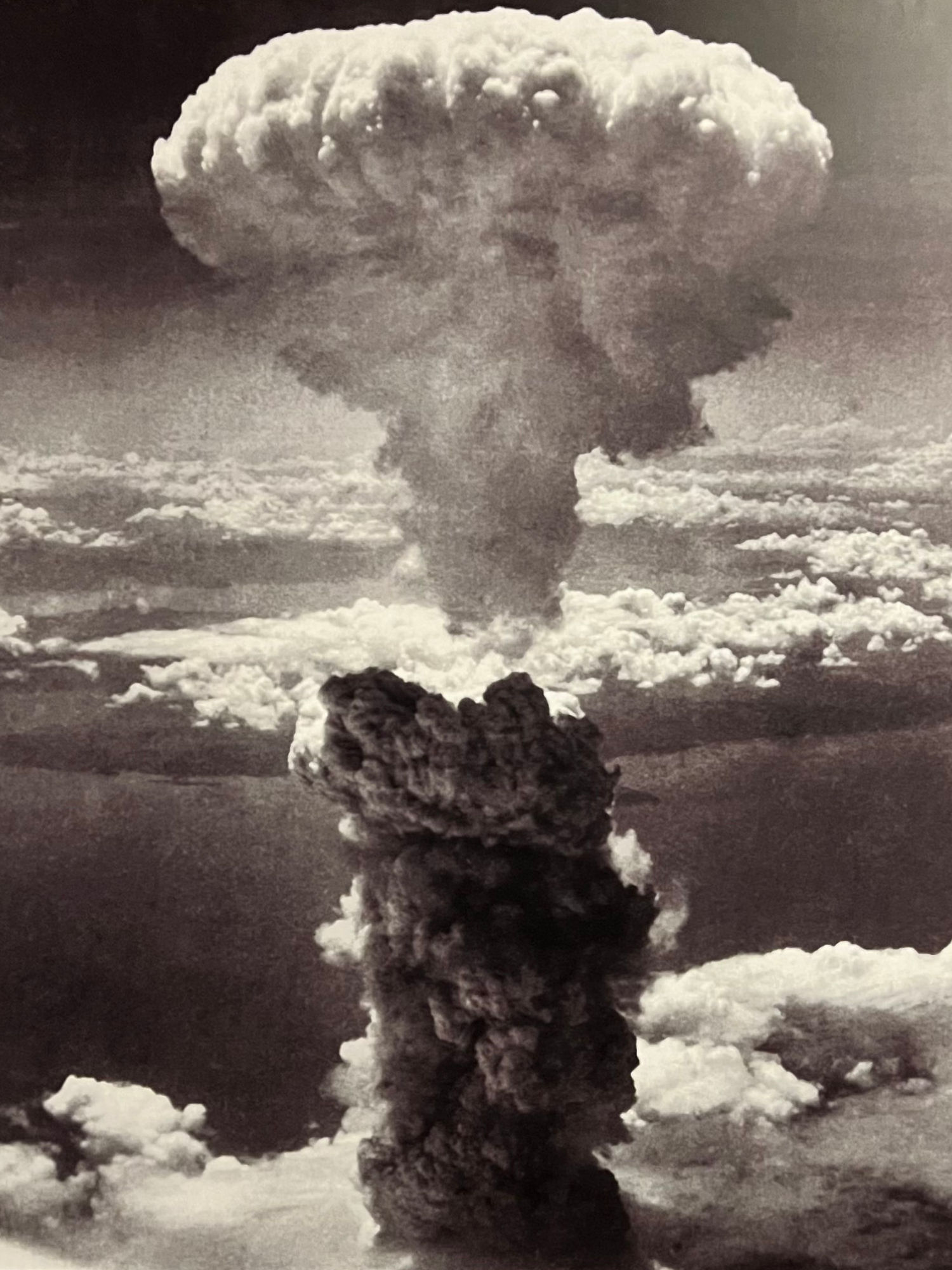
Nagasaki
- A mushroom cloud rises into the atmosphere high above Nagasaki, Japan following the detonation of an atomic bomb on August 9,1945.
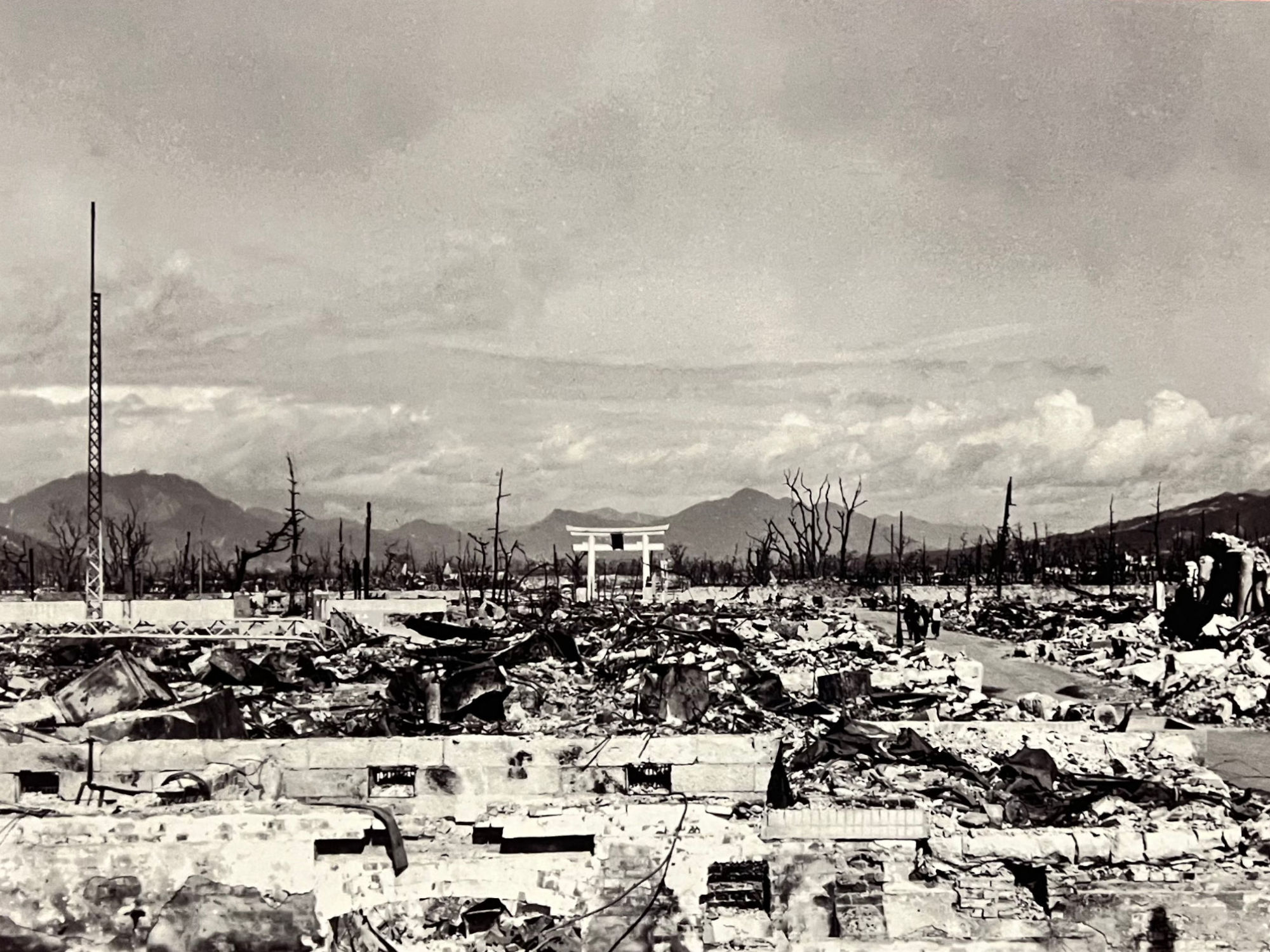
Nagasaki Devastation
- Nagasaki, Japan lies devastated from an atomic bomb dropped on August 9, 1945. Somehow, a traditional Torii Gate - the entrance to a sacred Shinto shrine - survived the blast.
